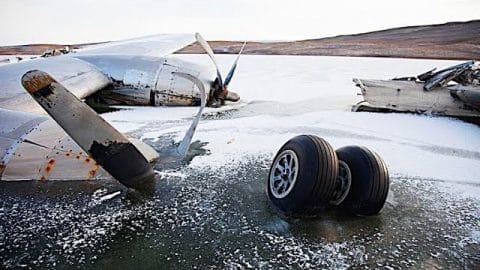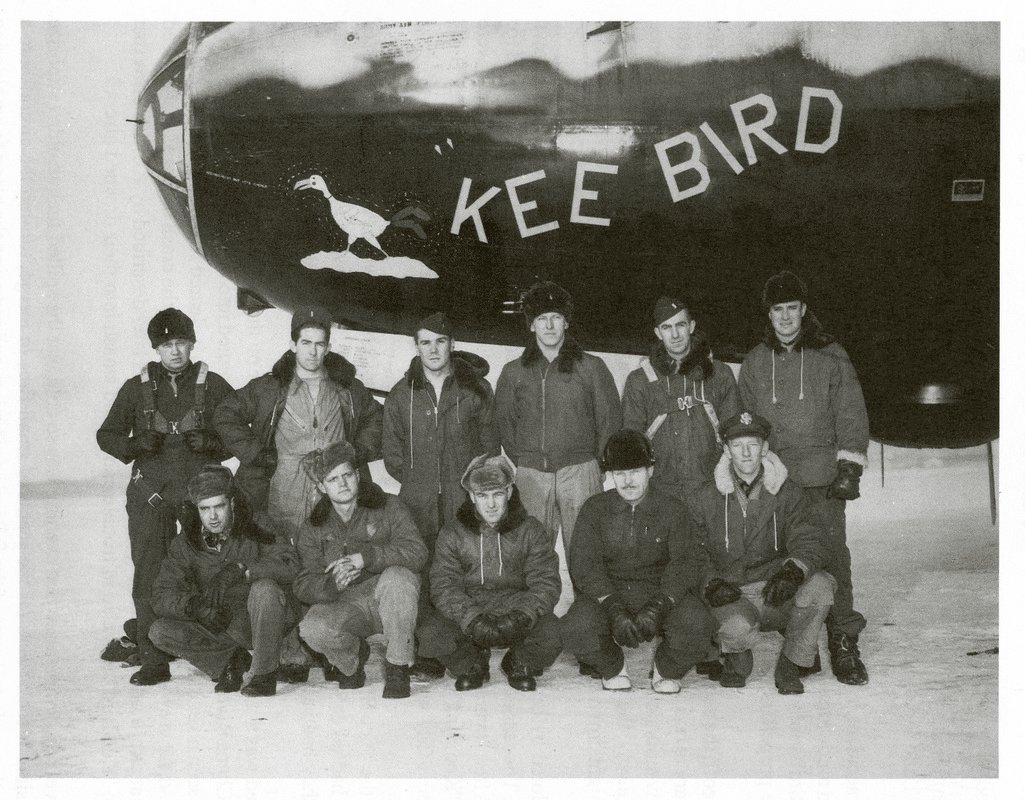
YouTube / History X
From its valiant service in World War II to its heartbreaking fate, the Kee Bird’s story is one of perseverance and tragedy. Let us delve into the captivating and ultimately sorrowful tale of the B-29 Kee Bird.

The B-29 Kee Bird was a formidable bomber that served during World War II. After the war, it was assigned to the 46th Reconnaissance Squadron of the United States Air Force. However, on February 21, 1947, during a “top-secret mission” near Greenland, disaster struck. Lt. Vern Arnett, the Kee Bird pilot, reported he had hit a bad storm that disoriented the crew, forcing the Kee Bird to make an emergency landing on a frozen lake.
The Kee Bird’s crew miraculously survived the crash landing and awaited rescue in the unforgiving Arctic wilderness. After three grueling days of enduring freezing temperatures and harsh conditions, a U.S. Coast Guard aircraft rescued the crew. Unfortunately, the Kee Bird was left behind, abandoned in the icy wilderness.

Decades later, in 1994, a team led by Darryl Greenamyer embarked on a daring expedition to recover and restore the Kee Bird. The aircraft was painstakingly excavated from its frozen tomb, piece by piece until repairs could be done. Over the succeeding months, Greenamyer’s team was able to transport four remanufactured engines, four propellers, new tires, a small bulldozer, and an engine hoist to help with restoration. A year later, repairs were completed and the Kee Bird was set up to take off once more.
However, despite their best efforts, tragedy struck once again. A fire broke out as Greenamyer was taxiing the B-29 onto the frozen lake, engulfing the Kee Bird in flames and reducing it to a charred wreck.
The latest pictures we’ve seen of the Kee Bird were taken in 2014 by NASA. In this photo, the remnants of the Kee Bird are still on site, burnt in shreds and half buried in snow.
